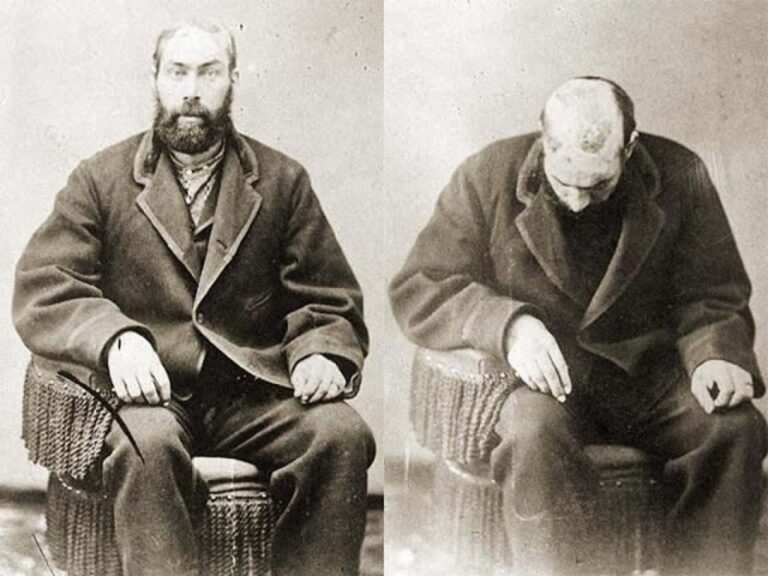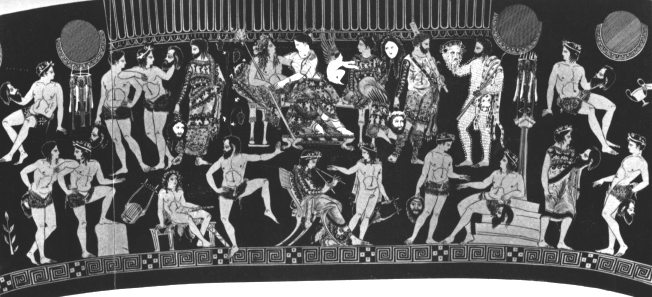Knights vs. Samurais: The Ultimate Showdown of Warriors
The question of who would win in a fight between knights and samurais has fascinated historians, martial artists, and enthusiasts of medieval and feudal cultures alike. Both warriors are emblematic of their respective societies, embodying values such as honor, bravery, and martial skill. To truly understand who might prevail in a battle, we must examine the historical contexts, armaments, and combat techniques of both knights and samurais.
Historical Background of Knights and Samurais
Origins of Knights
Knights emerged in medieval Europe, primarily during the 9th century. Initially, they were mounted warriors serving lords in exchange for land and protection. Over time, the concept of knighthood evolved, particularly with the establishment of the code of chivalry in the 12th century. Knights were often seen as the elite soldiers of their time, trained in horsemanship and armed combat.
- Key Points:
- Knights were primarily foot soldiers and cavalry.
- Their role was deeply intertwined with the feudal system.
- The title of knight often came with significant social prestige.
Origins of Samurais
In Japan, the samurai class began to take shape during the Heian period (794-1185). Samurais were warriors who adhered to the bushido code, which emphasized loyalty, honor, and discipline. Unlike knights, samurais were not only fighters; they were also scholars and poets, reflecting the cultural values of their society.
- Key Points:
- Samurais were highly trained in various martial arts.
- They held a unique position in Japanese society, serving as both military and civil leaders.
- The bushido code dictated their conduct and values.
Weapons and Armor: A Comparative Analysis
Knight’s Armament
Knights were known for their heavy armament. They typically wielded swords, lances, and axes. Their armor evolved from chainmail to full plate armor, providing significant protection.
- Weapons:
- Swords: Longswords were common, with crossguards for added defense.
- Lances: Used primarily in mounted combat.
- Shields: Round or kite-shaped shields offered additional protection.
- Armor:
- Chainmail: Early armor that provided flexibility.
- Plate Armor: Developed in the late medieval period, offering superior defense.
Samurai’s Armament
Samurais were renowned for their distinctive weapons, particularly the katana. Their armament emphasized both offense and defense, utilizing lighter armor that allowed for agility.
- Weapons:
- Katana: A curved, single-edged sword known for its sharpness and strength.
- Yumi: A longbow used for ranged attacks.
- Tanto: A small dagger for close combat.
- Armor:
- Yoroi: Traditional armor made of lacquered metal and leather.
- Kabuto: A helmet that provided essential protection while allowing for mobility.
Fighting Techniques and Strategies
Combat Techniques of Knights
Knights were trained in various combat styles that included mounted and foot combat. Their strategies often revolved around charging at the enemy with the lance and then engaging in melee with the sword.
- Tactics:
- Charge: Knights would often begin battles with a cavalry charge to disrupt enemy formations.
- Melee Combat: Once dismounted, knights relied on their swords and shields for close combat.
Combat Techniques of Samurais
Samurais were trained in a range of martial arts, emphasizing quick, precise movements. The kenjutsu (sword technique) and iaijutsu (drawing and cutting in a single motion) were central to their fighting style.
- Tactics:
- Duels: Samurais often engaged in one-on-one combat, showcasing their skill and honor.
- Strategic Movement: Their training allowed them to move quickly and dodge attacks effectively.
Cultural Significance and Code of Conduct
The Knight’s Code of Chivalry
The code of chivalry guided knights in their conduct both on and off the battlefield. It included principles of bravery, courtesy, honor, and respect for women and the weak.
- Core Principles:
- Honor: Knights were expected to act with integrity.
- Loyalty: A knight’s loyalty to their lord was paramount.
The Samurai’s Bushido Code
Bushido, meaning “the way of the warrior,” dictated the samurai’s behavior. It emphasized loyalty, honor, and a deep commitment to one’s master.
- Core Principles:
- Loyalty: Samurais were fiercely loyal to their daimyos (lords).
- Honor: Maintaining one’s honor was vital; failure could lead to seppuku (ritual suicide).
Theoretical Matchup: Who Would Win?
Analyzing Strengths and Weaknesses
Both knights and samurais had distinct advantages in battle. Knights were heavily armored and trained for both mounted and foot combat, giving them resilience in battle. However, the agility and speed of samurais, along with their mastery of weaponry, made them formidable opponents.
- Strengths of Knights:
- Heavily armored, making them difficult to defeat.
- Trained for a variety of combat scenarios.
- Strengths of Samurais:
- Superior agility and speed due to lighter armor.
- Mastery of both close combat and ranged weaponry.
Historical Accounts of Conflicts
While historical encounters between knights and samurais are rare, various fictional representations depict such confrontations. These scenarios often highlight the contrasting styles and philosophies of the two warrior classes.
“In a direct confrontation, the outcome may heavily depend on the environment. In open fields, knights might have the upper hand, while in a forested or urban area, samurais could leverage their agility.”
FAQ Section
- Who were the most famous knights?
- Notable knights include King Arthur, William Marshal, and Richard the Lionheart.
- Who were the most renowned samurais?
- Famous samurais include Miyamoto Musashi, Oda Nobunaga, and Toyotomi Hideyoshi.
- Did knights and samurais ever meet?
- Historically, knights and samurais did not meet in battle due to geographical and temporal differences.
- What were the primary roles of knights and samurais?
- Knights served as elite soldiers and nobles in Europe, while samurais were warriors and leaders in Japan.
- What is the significance of their codes?
- Both the code of chivalry and bushido reflect the cultural values of their societies and guided the behavior of warriors.
Main Character Summaries
| Character | Role | Key Traits |
|---|---|---|
| Knights | Elite soldiers of Europe | Heavily armored, noble, chivalrous |
| Samurais | Warriors of Japan | Agile, honorable, skilled fighters |
This article provides a comprehensive examination of the rivalry between knights and samurais, illuminating the complexities of their respective cultures and combat techniques. Understanding these iconic warriors allows us to appreciate the rich history and legacy they have left behind.
Meta Description: Discover who would win in a fight between knights and samurais as we analyze their historical backgrounds, weapons, and combat techniques.






